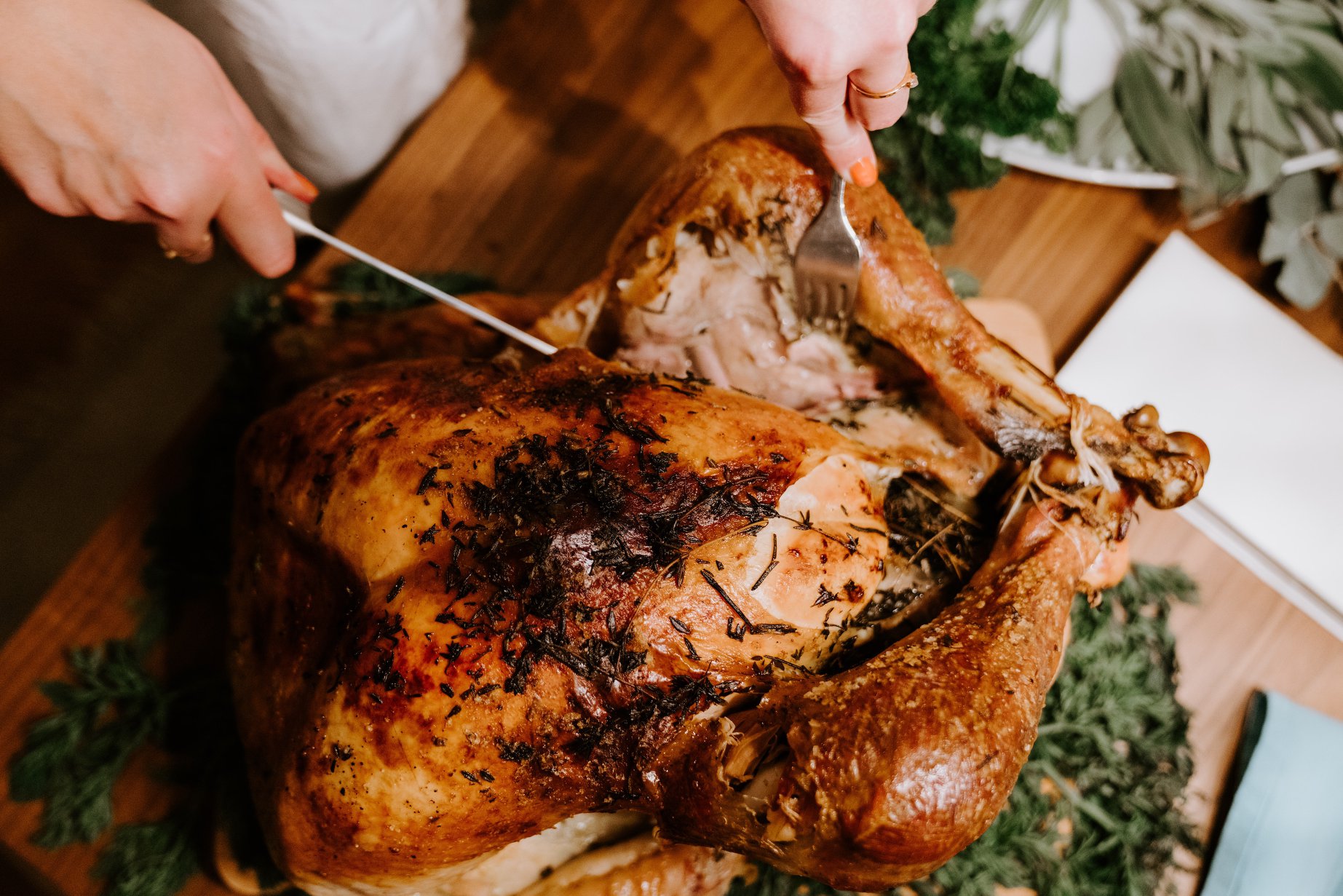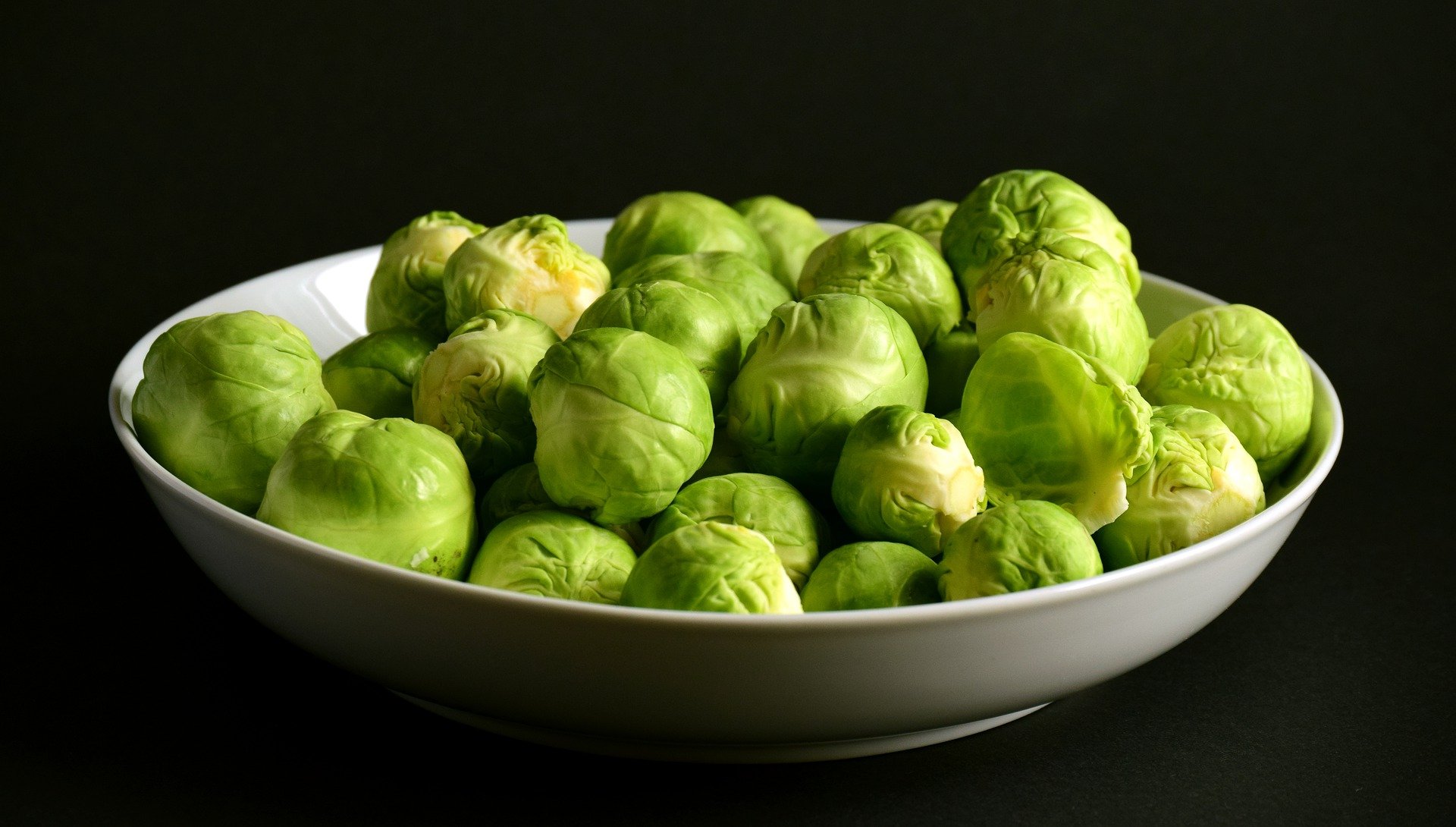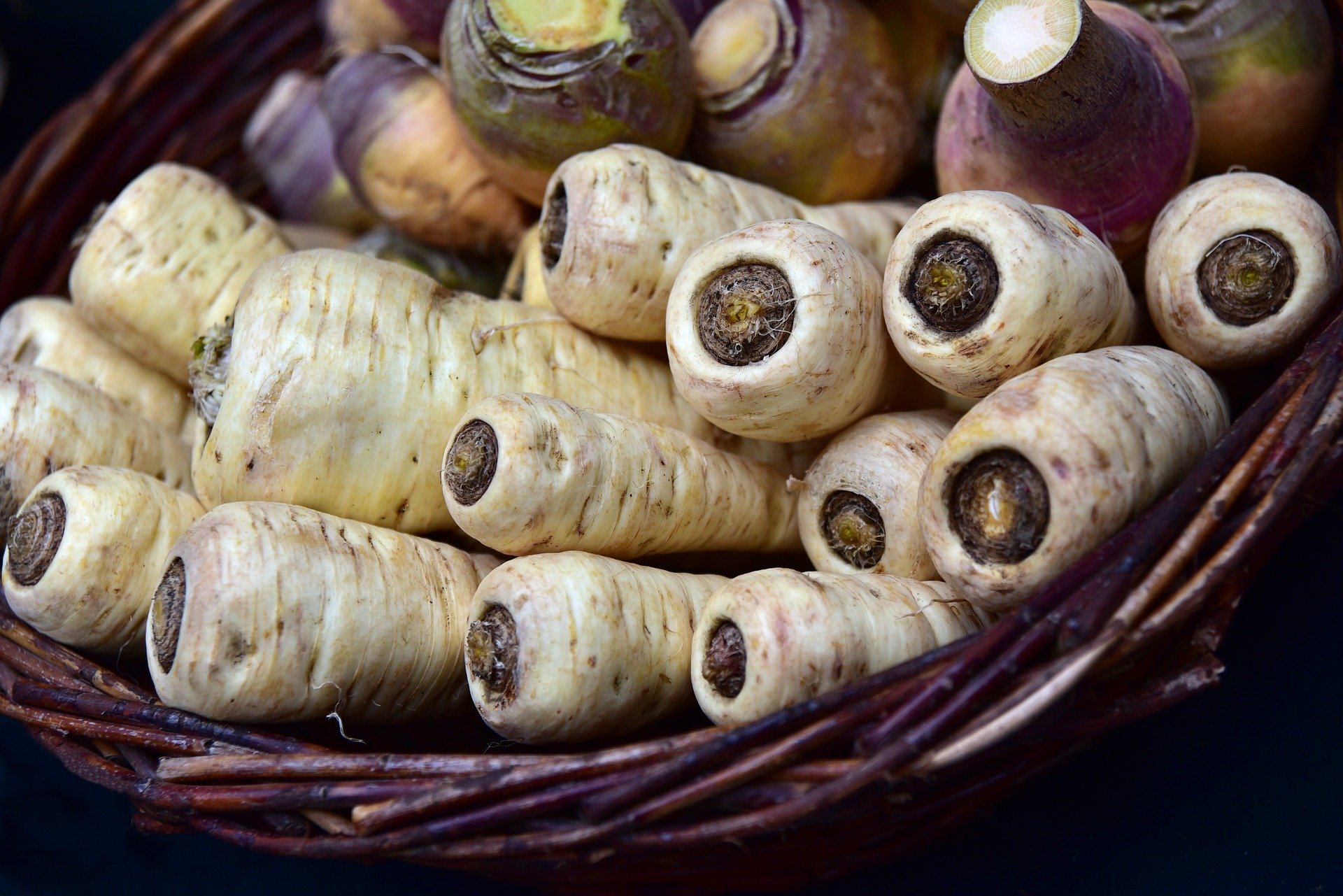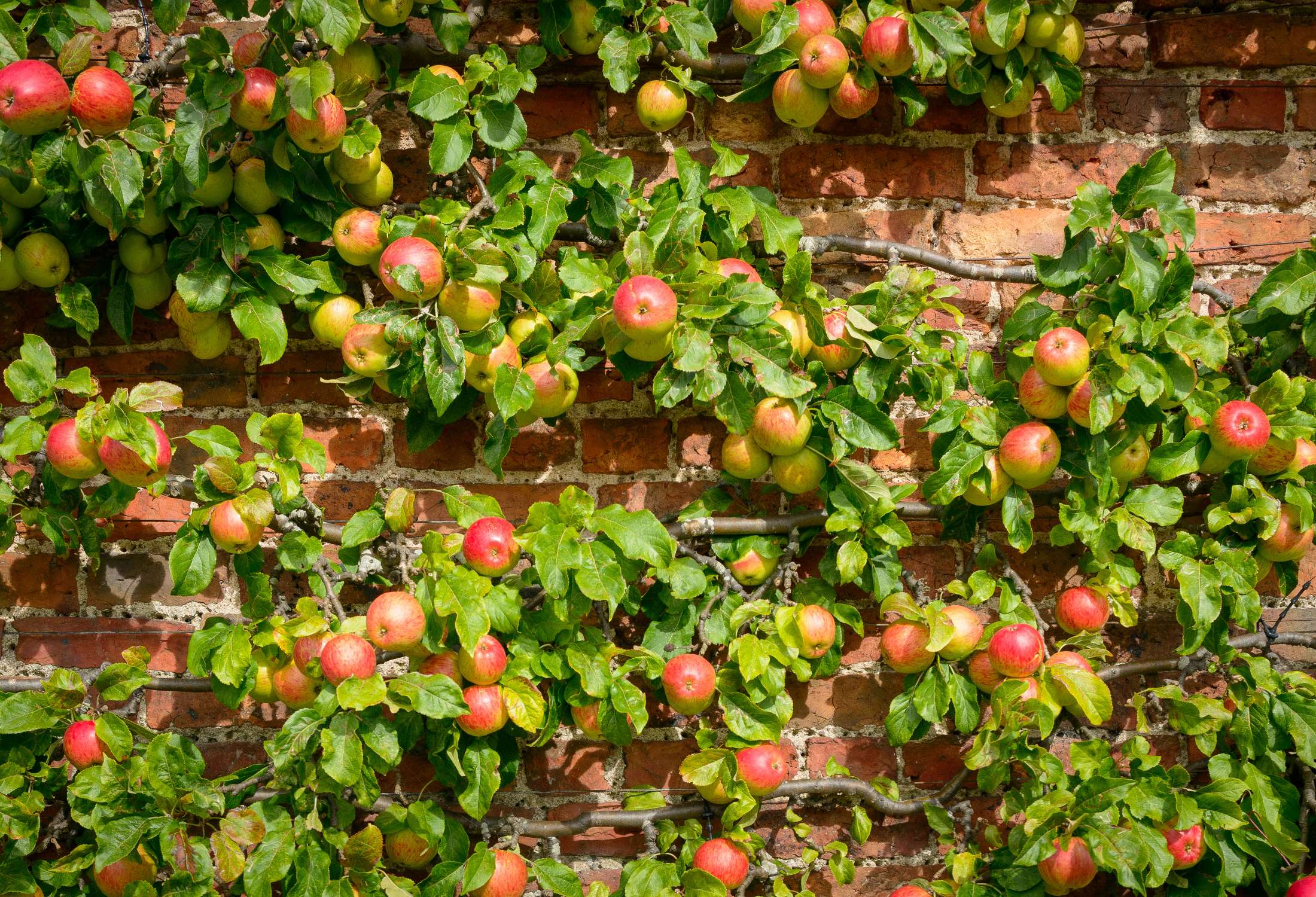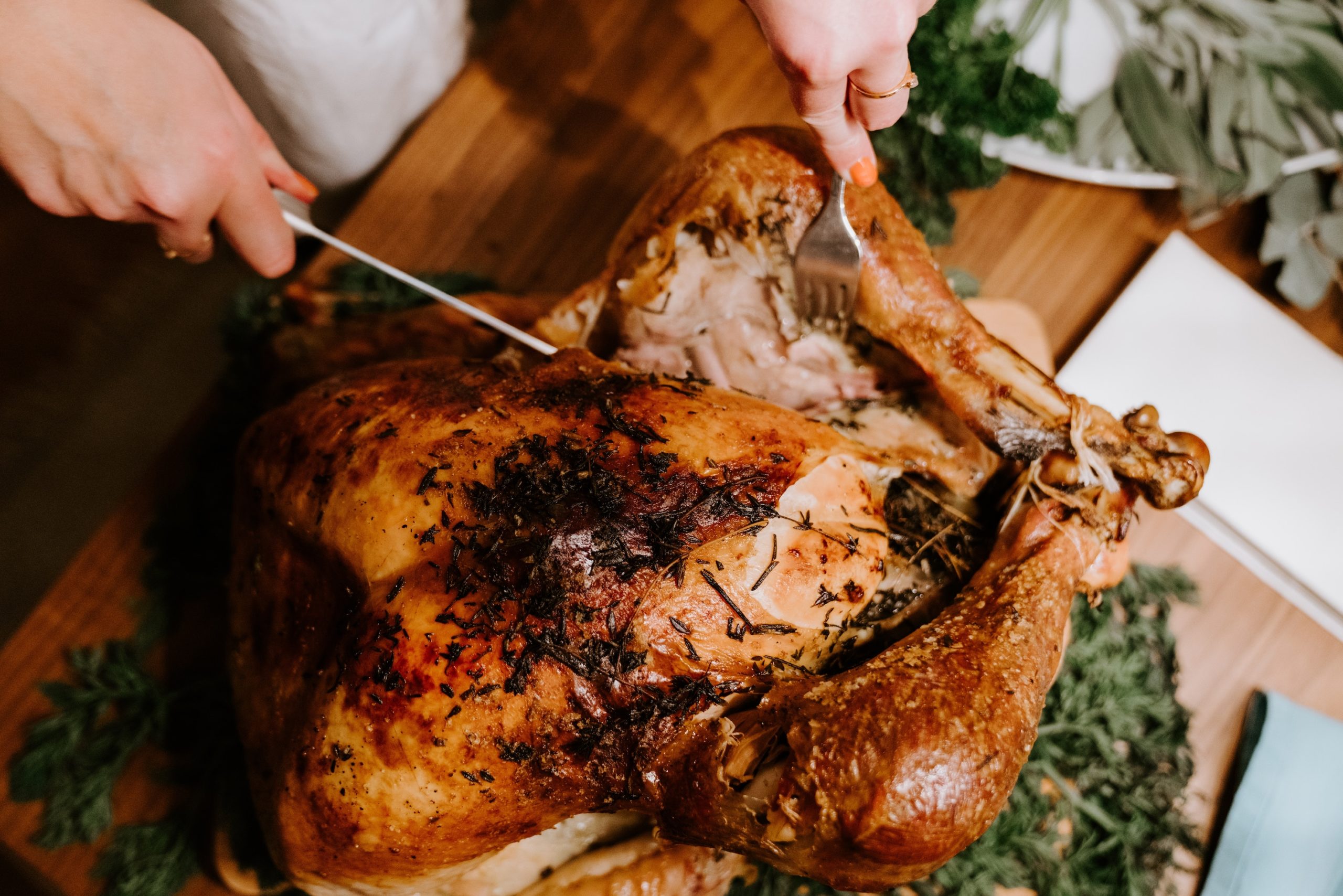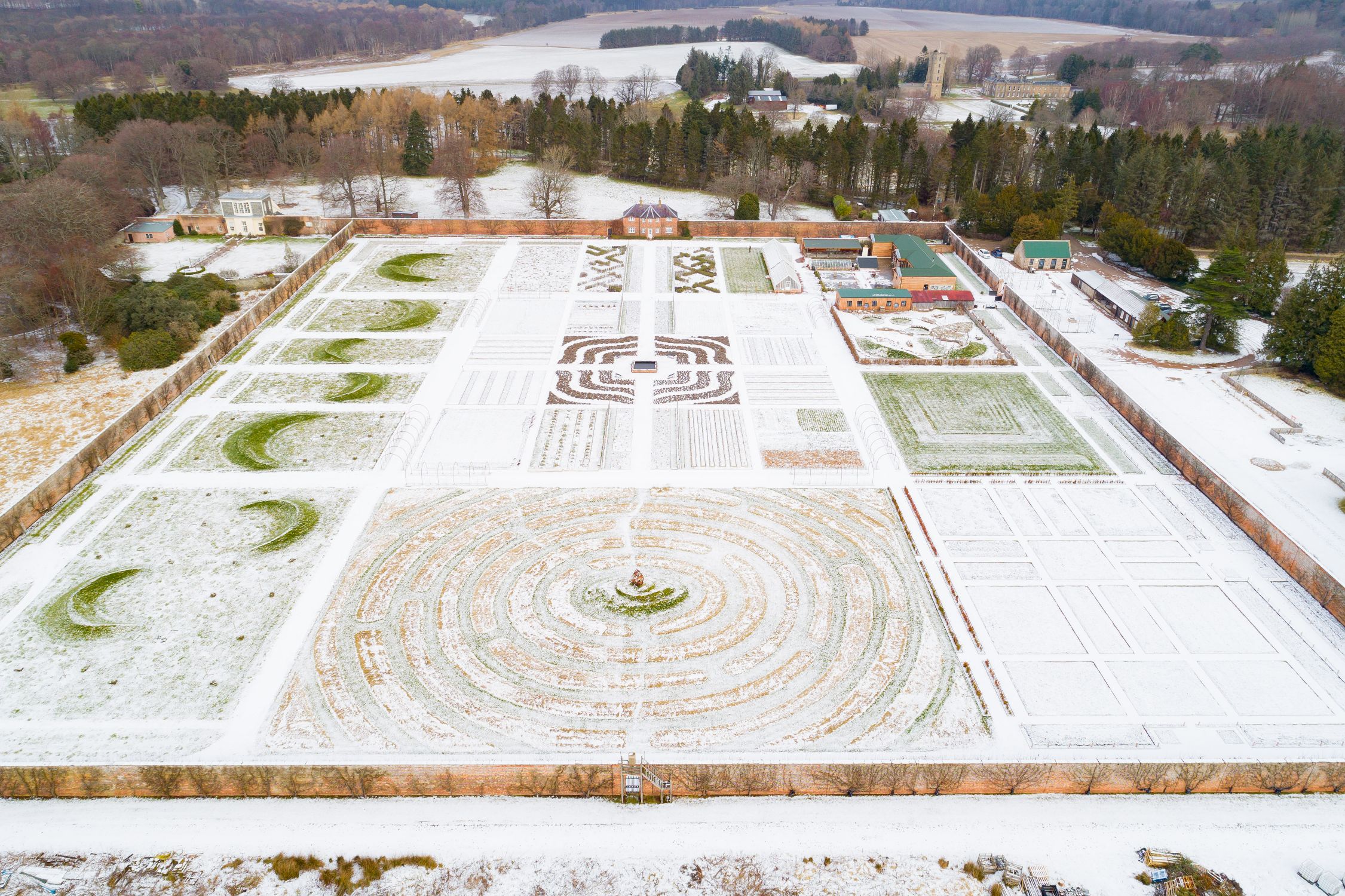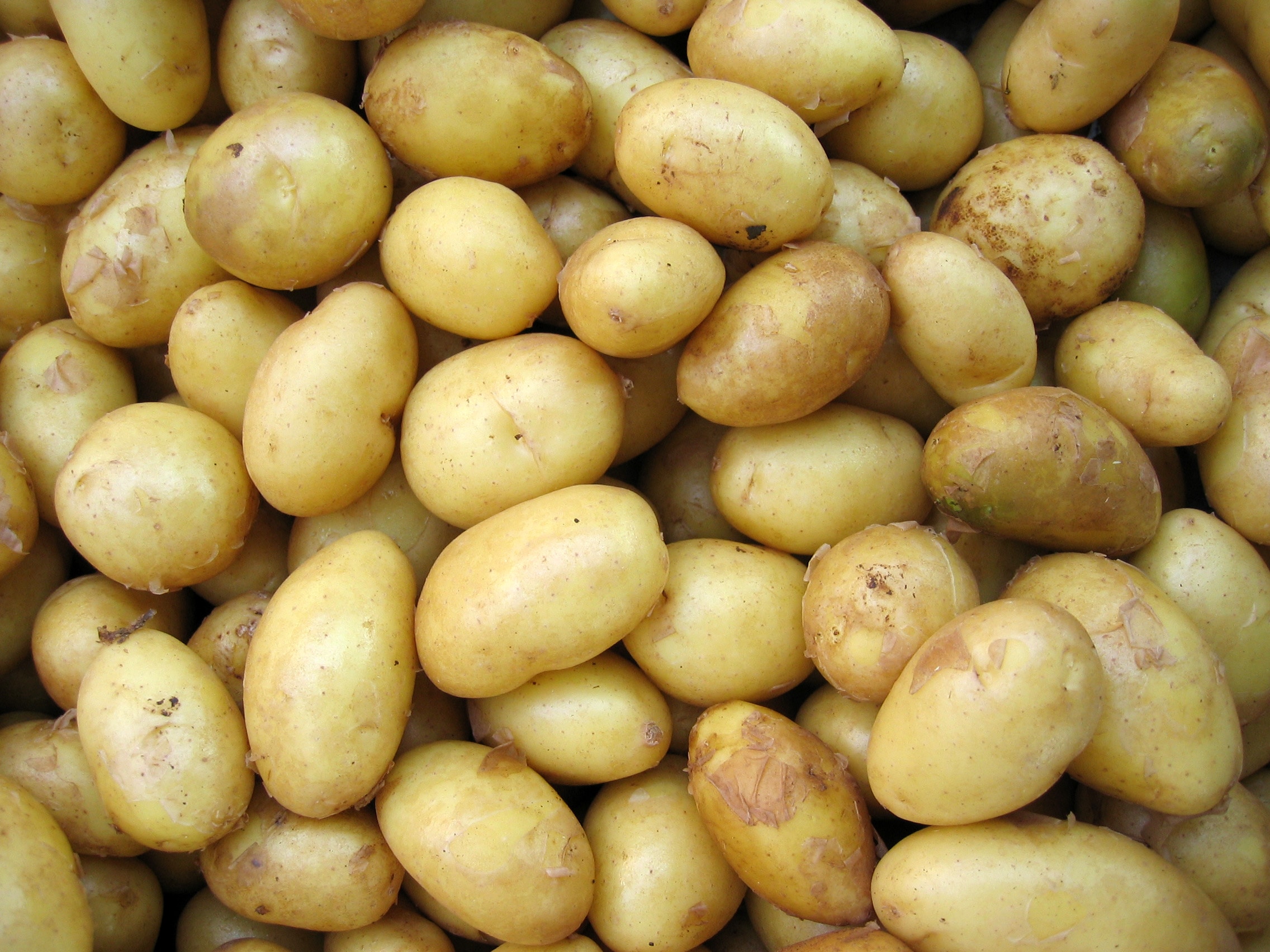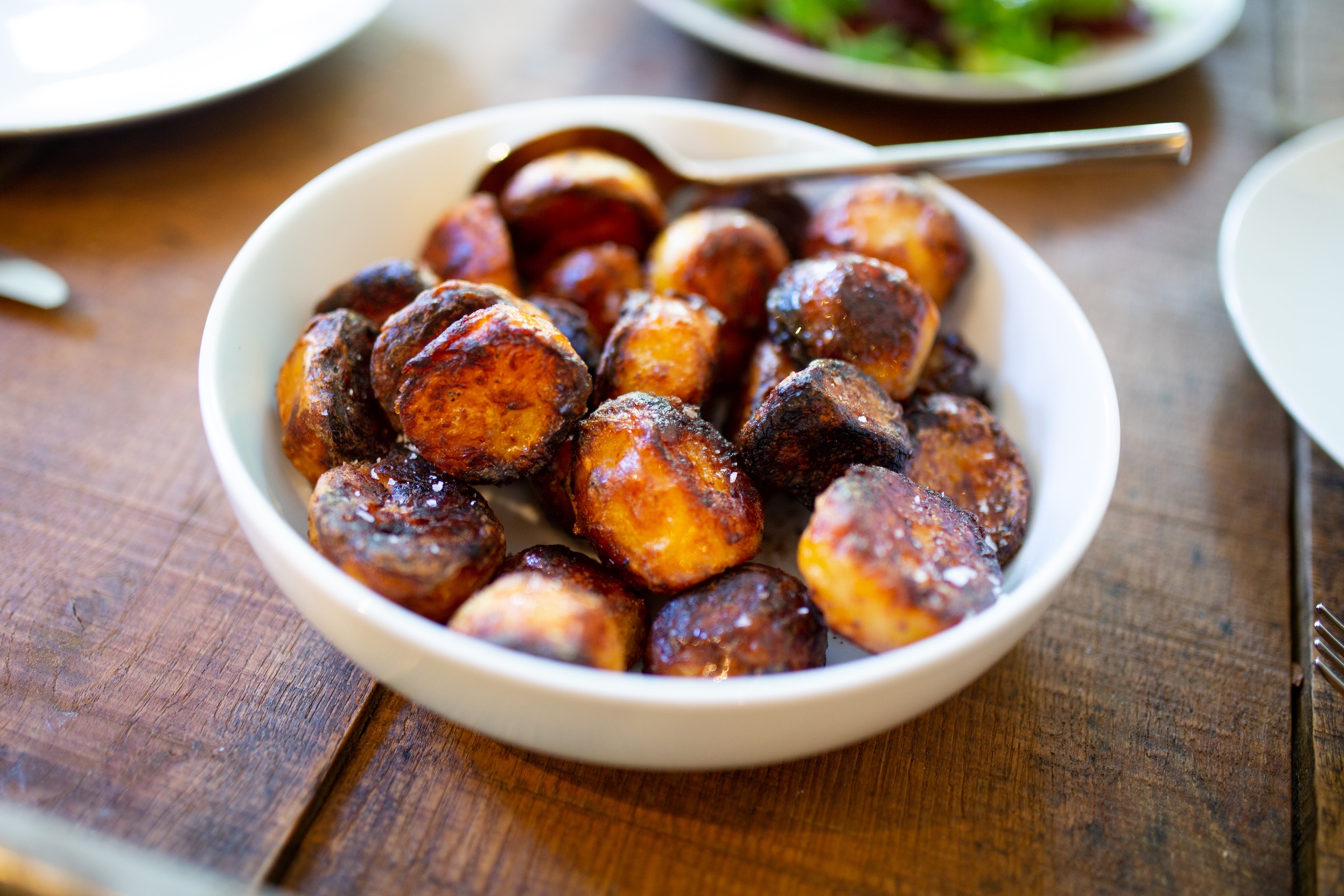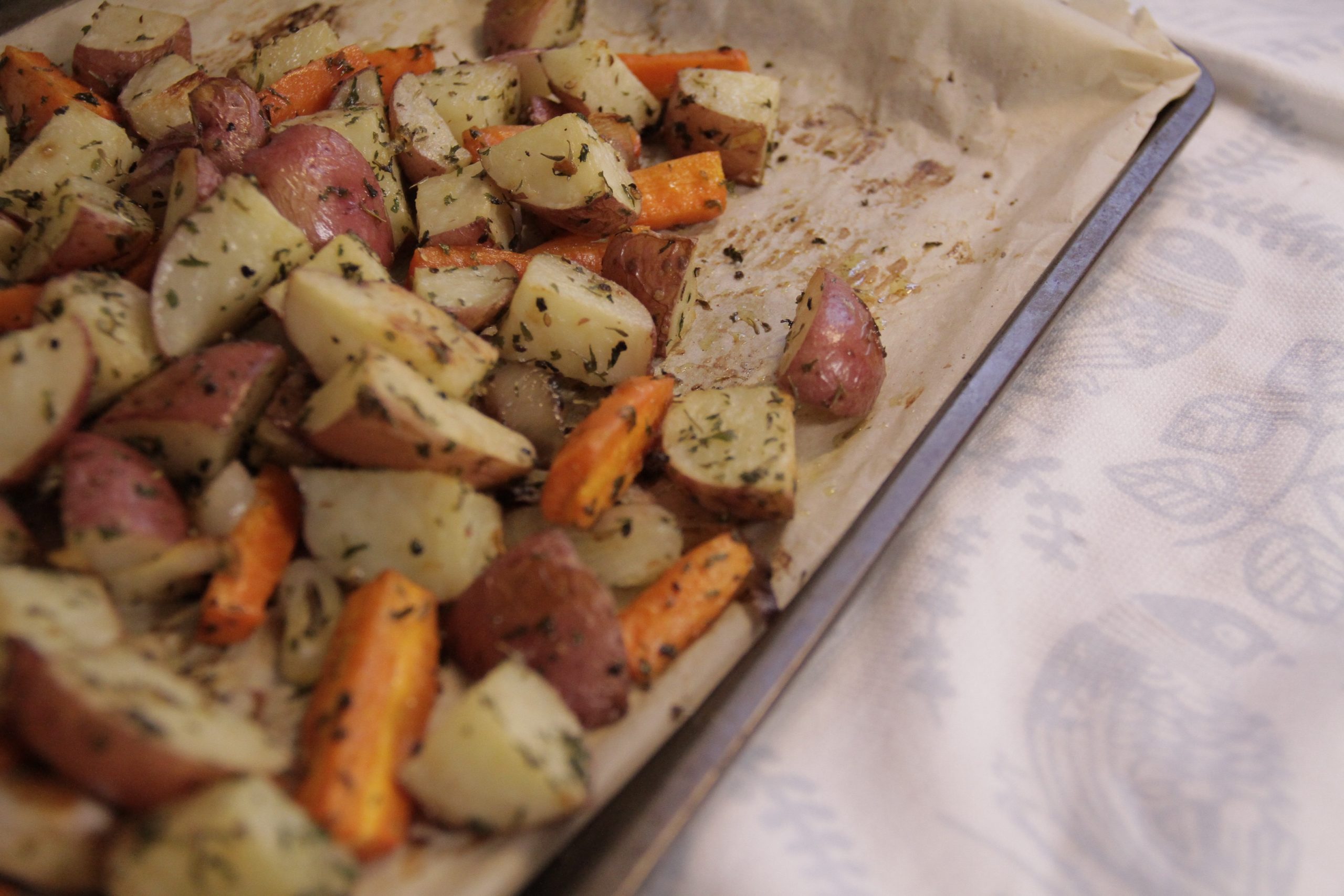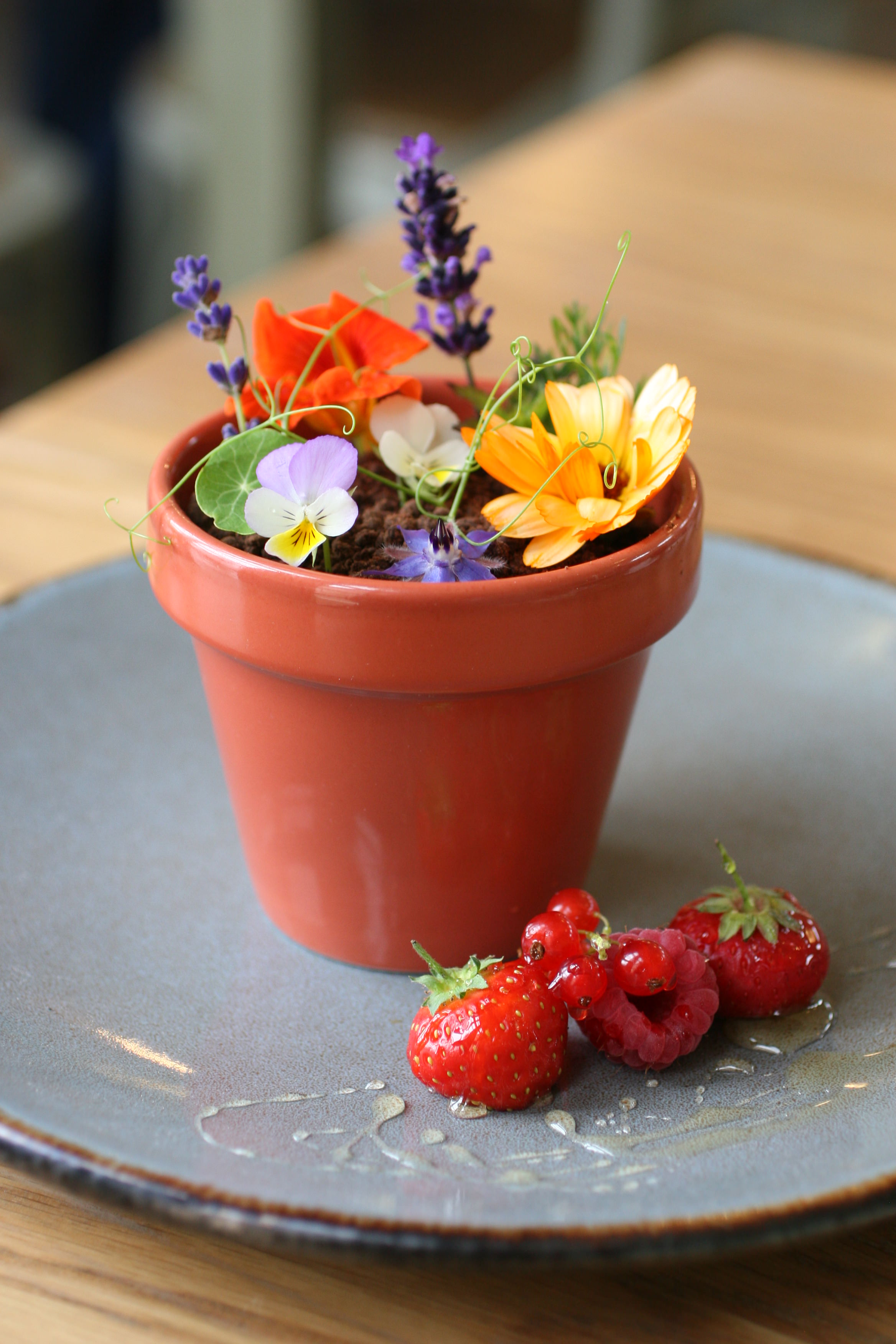Despite the continuing cold, wet weather, seed sowing is in full swing, the greenhouses so full of seedlings that the gardeners are finding it difficult to make a space! Ed, The Head Gardener reckons that this year will grow from seed a total of 20,000 plants! The seeds are sown, propagated and germination has gone well so far.

Over 300 varieties of flowers including the famous Gordon Castle Sweet peas plus numerous vegetables like peas, broad beans and brassicas fill the greenhouse, steadily growing protected from low temperatures by a simple lining of bubble wrap.
In the seed nursery seedlings are pricked out and potted on to gain size and strength.
Several trays of which are already lining up outside to be ‘hardened off’ to transplant into the garden.
Gardeners Mhairi and Liz have also found time to construct a frame to support the greenhouse roses as they start to grow. Colourful bright ranunculus opposite are also supported by a strong net.
In the cold wet days of March an intrepid garden team created a wonderful growing support tunnel from local willow. Well worth a visit to admire anticipation of the flowers, and climbing squash which will cover the structure sheltering courgettes and pumpkins growing beneath.

Monday 25th March heralded ‘Potato planting week.’ It is important to plant before the end of the month because it gives the tubers time to grow over the next three to four weeks. ‘Tattie lovers’ will enjoy the prospect of a variety of different heritage and more modern varieties to taste and try come Tattie lifting time!
April has arrived and all planting stations are go! Sweet peas, broad beans, and brassicas, like kales and cabbage first into the prepared vegetable beds. Warmer weather will allow more direct seed sowing of carrots and beetroot.

The rustic wild flower meadow near garden cottage lies dormant filled with the promise of an explosion of colourful flowers, ‘bee food’!! Birch Wigwams in the pastel wild garden stand erect, a golden path of wood chippings meanders through the beds and all is anticipation! Mother nature never disappoints.

Ornamental yew hedging planted into the beds painstakingly prepared over the winter months offer a chance to follow their growth journey to maturity. In their youth the dark green saplings contrast with golden young bark chip mulch at their roots.

New apple and pear trees are planted too. I wonder if there will be fruit to taste this year?
The soft fruit garden welcomes six new strawberry varieties. With names like Red Gauntlet (redolent of Sir Walter Scot) Florence and Mawling Ace ( perhaps with a Wimbledon connection?) There is nothing to beat a freshly picked Scottish summer strawberry!
Blueberries; Spartan, Duke and Jersey will join the soft fruit team this spring.
A Gordon Castle fresh soft fruit salad this summer I think!!
The climate in Moray tends to be dry during the soft fruit growing season so a clever ‘membrane of leaky pipes’ has been installed to irrigate the soft fruit area. The results of the trial will be assessed later in the year.
Look for newly planted hazel trees situated between the pathway arches. As they grow and mature they promise a harvest of filberts and cob nuts. Hazel trees are lovely to look at; the nuts delicious to eat.
Herb bed re-planting is an on going project as the new shape and plant collection evolves. Sweet rocket recently planted in the shelter of rosemary bushes promises the first cut flowers this season. Gardener Mhairi assures me the flowers are fabulous! I always thought of rocket as a salad leaf so you learn something new every day!

There is a lot to look forward to in the Walled Garden this spring.
Kitchen Garden Workshop
6th April from 10am till 3pm including lunch and refreshments.
How to grow your own vegetables. Book here

The Cut Flower Garden Workshop
20th April from 10am till 3pm including lunch and refreshments.
Enjoy a garden walk, demonstrations and the memory of a lovely day in the flowers you take home. Book here.
The Garden Café is open daily Wednesday to Sunday from 10am till 4pm.
The Walled Garden welcomes visitors daily open from 10am till 4pm.
The Potting Shed is open too selling colourful spring bouquets, daffodils and plants.


‘My winter heart is lifting as dreams of spring abound
Tulips tipped in sunshine, a crocus carpet ground
A panoply of pansies will display their violet hues
And double –headed daffodils will also pay their dues
Snowdrops will spread gently and their fragile heads will rise
As hyacinths bring splendour lilies reach for the skies
Primroses preen proudly and irises stand tall
A floral fest of colour as spring now comes to call’
Karen Stokes from The Friendship book 2024.
Spring recipes to try:
Tattie Scones
Left over mash makes delicious tatties scones
225g (8oz) mashed potatoes
¼ teaspoon salt
15g ( ½ oz) butter melted
115g (4oz) self raising flour
Mix all together and knead into a smooth ball. You may need more flour depending on how wet the potatoes are. Divide into two. Roll out each into a thin round and cut into four or 6 triangles. Heat a frying pan or girdle on medium heat and bake for 4 to 5 minutes till golden on each side. Cool in a clean tea towel on a wire tray.
Enjoy freshly baked.
You can use gluten free self raising flour instead of wheat flour. Roll thinly and bake till crisp – delicious with a dip.
A fresh Spring Rhubarb Cake
Not long now till the first tender stalks of spring rhubarb appears.
Makes a cake 23cm x 5cm (9in x 2in)
You will need:
175g (6oz) butter or margarine
85g (3oz) soft brown sugar
30g (1oz) honey or golden syrup
2 large eggs – beaten
175g (6oz) self raising flour sifted with
1 teaspoon ground cinnamon (if liked)
115g (4oz) chopped rhubarb
Topping:-
30g (1oz) self raising flour
60g (2oz) chopped walnuts
30g (1oz) soft brown sugar
30g (1oz) melted butter or margarine
Heat the oven to 180C (160C fan) 350C, Gas 4. Oil and line the cake tin. Cream the margarine and soft brown sugar. Beat in the honey or syrup and then the eggs alternating with a little flour. Fold in the rest of the flour and cinnamon along with the rhubarb. Pour into the prepared tin and spread evenly. To make the topping measure the dry ingredients into a bowl, pour in the melted margarine and stir to mix. Scatter over the cake. Bake for 25 to 30 minutes till risen, firm and the point of a skewer inserted in the middle of the cake comes out cleanly. Cool in the tin.

















 An urgent job is to replace the rosemary hedges which divide the areas of the herb garden. They were adversely affected by very low temperatures during the winter of 2021. At last five hundred healthy young bushes have arrived to replace them. As the old bushes are removed and the new ones take their place imagine the wonderful aromas which will pervade the gardens!
An urgent job is to replace the rosemary hedges which divide the areas of the herb garden. They were adversely affected by very low temperatures during the winter of 2021. At last five hundred healthy young bushes have arrived to replace them. As the old bushes are removed and the new ones take their place imagine the wonderful aromas which will pervade the gardens! A fabulous burst of colour ranunculus (a form of buttercup) is to be found in the large greenhouse. The Queen of Sweden and Roald Dhal roses opposite are budding profusely. Roses too are on the way.
A fabulous burst of colour ranunculus (a form of buttercup) is to be found in the large greenhouse. The Queen of Sweden and Roald Dhal roses opposite are budding profusely. Roses too are on the way. The Potting shed shop also has a huge selection of plants for sale. Lettuces, tomatoes, vegetables, chillies, herbs, perennial and annual flowers ready to plant in your own garden as the growing season begins in earnest. Don’t delay now is the time to get them into the ground!
The Potting shed shop also has a huge selection of plants for sale. Lettuces, tomatoes, vegetables, chillies, herbs, perennial and annual flowers ready to plant in your own garden as the growing season begins in earnest. Don’t delay now is the time to get them into the ground!
